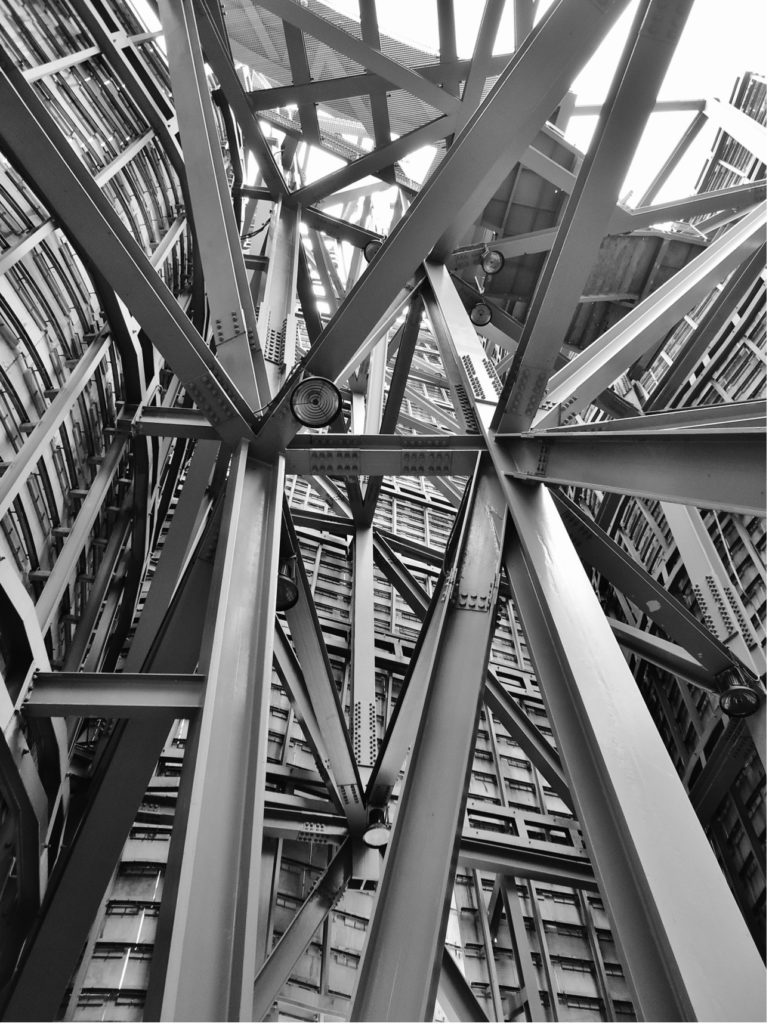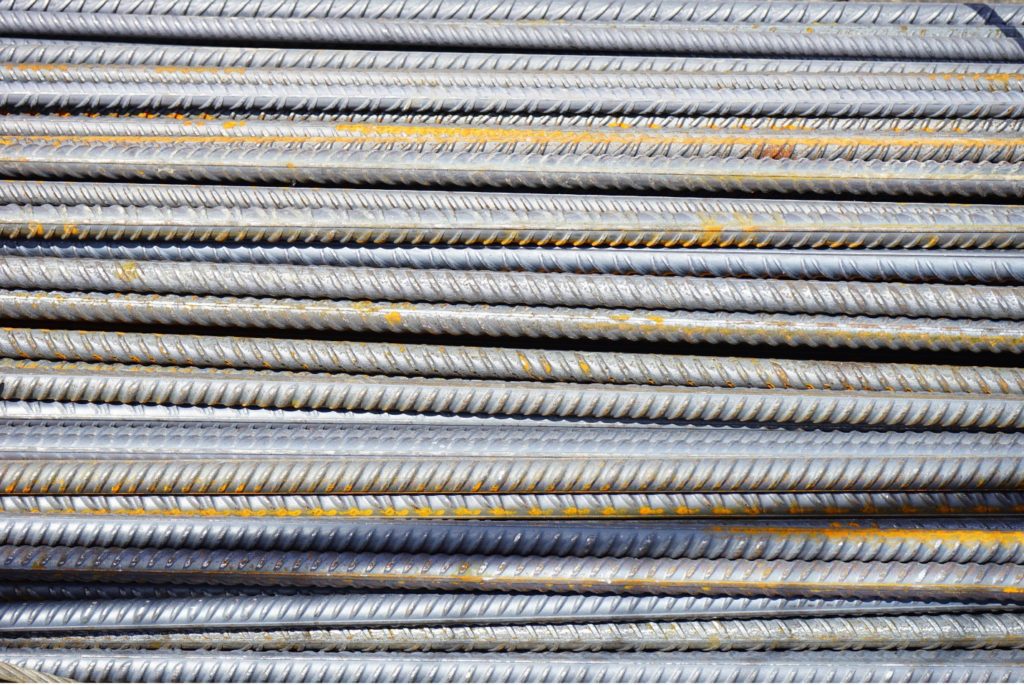
Whether you’re building a new home or renovating an existing one, it is important to understand how to use structural steel. It can provide a strong and resilient structure, and is 100% recyclable. Moreover, it can be combined with other building materials to achieve your desired aesthetics. And when it comes to creative expression, the possibilities are endless.
Low-carbon steel
Low-carbon structural steel is a versatile material that offers low costs and simple manufacturing processes. Because of these benefits, it is used in various industrial and everyday jobs, including construction and the heavy machinery industry.
In addition to these uses, low-carbon structural steel also offers unique properties. For example, it is strong enough for building frames in construction projects, and it is resistant to wind and earthquakes. It also has excellent ductility and formability.
Low-carbon structural metal has a carbon content of up to 0.30%. Most products in this category are flat-rolled and cold-rolled. Low-carbon structural metals are commonly used in manufacturing rivets, shafts, and other mechanical parts. Click here to visit the American Iron And Metal Institute to learn more about national standards. They are also easy to process and can withstand all types of heat treatment.
In addition, low-carbon metal is also known as mild metal, which is easy to process and has a low carbon content. Most of this type of metal is used for rivets and bolts, since it is easy to work with. Most low-carbon structural metal is 0.025 percent carbon or lower, and can be subjected to heat treatment to improve its wear resistance and corrosion resistance.
Low-carbon steels have a relatively high yield strength. The yield strength of low-carbon steels is around 250 MPa.

Light gauge steel
Light gauge structural metal is a strong alternative to conventional building materials. Its advantages over other materials include a lighter weight and the ability to use smaller quantities of metal. It also saves time and money while ensuring structural integrity and quality. Light gauge metal can be used to create a variety of building structures, including bridges, homes, and commercial buildings.
This material is also non-combustible, ensuring that it can withstand devastating events like fires.
Compared to wood, light gauge metal framing is highly fire-resistant, helping buildings maintain structural integrity during a fire. However, increasing building demands has also resulted in a decrease in the quality of wood supplies, which promotes an increase in mold problems in new buildings. Click the link: https://www.cdc.gov/mold/faqs.htm#:~:text=Some%20people%20are%20sensitive%20to,may%20have%20more%20intense%20reactions for information about the health risks associated with mold.
Light gauge metal is often used for roof trusses and panels. These components are used to support roof sheets, metal roofing, and tiles. They can also be used in high-rise construction. Using light gauge metal as the base of a building’s roof structure allows it to be used in various styles of roofing.
Light gauge metal has taken hold in some site-building markets and is offering greater value to the manufactured housing industry. The Manufactured Housing Research Alliance is leading a research and development effort to improve the material’s market competitiveness in manufactured homes. The alliance is working with several manufacturers and the North American Metal Framing Alliance to promote the use of light gauge metal in manufactured housing construction.
Cast-in-place bolts
There are several methods used to install cast-in-place bolts in a structural metal building. Generally, anchor bolts are inserted into a wet concrete mix and become fully secured when the mixture hardens. Another method is the drop-in bolt. This type of bolt is simple to install. It consists of a cork-screwed sheath which is inserted into the concrete mixture. A matching bolt is then inserted and fastened.
The AC399 standard specifies test procedures for anchor bolts and other specialty anchors. ACI 318 Appendix D addresses the design of cast-in-place bolts and anchors and consists of several types of anchors. It also describes the design of standard bolts and anchors.
Another type of anchor bolt is the post-installed anchor bolt. These anchors are similarly designed to the cast-in-place bolts, but the difference lies in the installation process. Using post-installed anchors requires placing the bolts in a predrilled hole. Cast-in-place bolts are installed into a hollow cavity within the concrete, which is then filled with concrete.
Cost
The cost of structural steel varies considerably from project to project and is affected by several factors. For example, the amount of structural steel sections a fabricator needs and the complexity of the structure can affect the price. Higher stock quantities can also help to lower the cost. Standard sizes also allow for design changes without adding to the total price of the project.
To save on structural steel costs, it is important to have a well-designed building plan. The design should include details about the structure and the costs involved. Then, you can modify the design to minimize these costs. The design will also help you determine how much structural steel you need and which steel fabrication company is best suited for the project.
